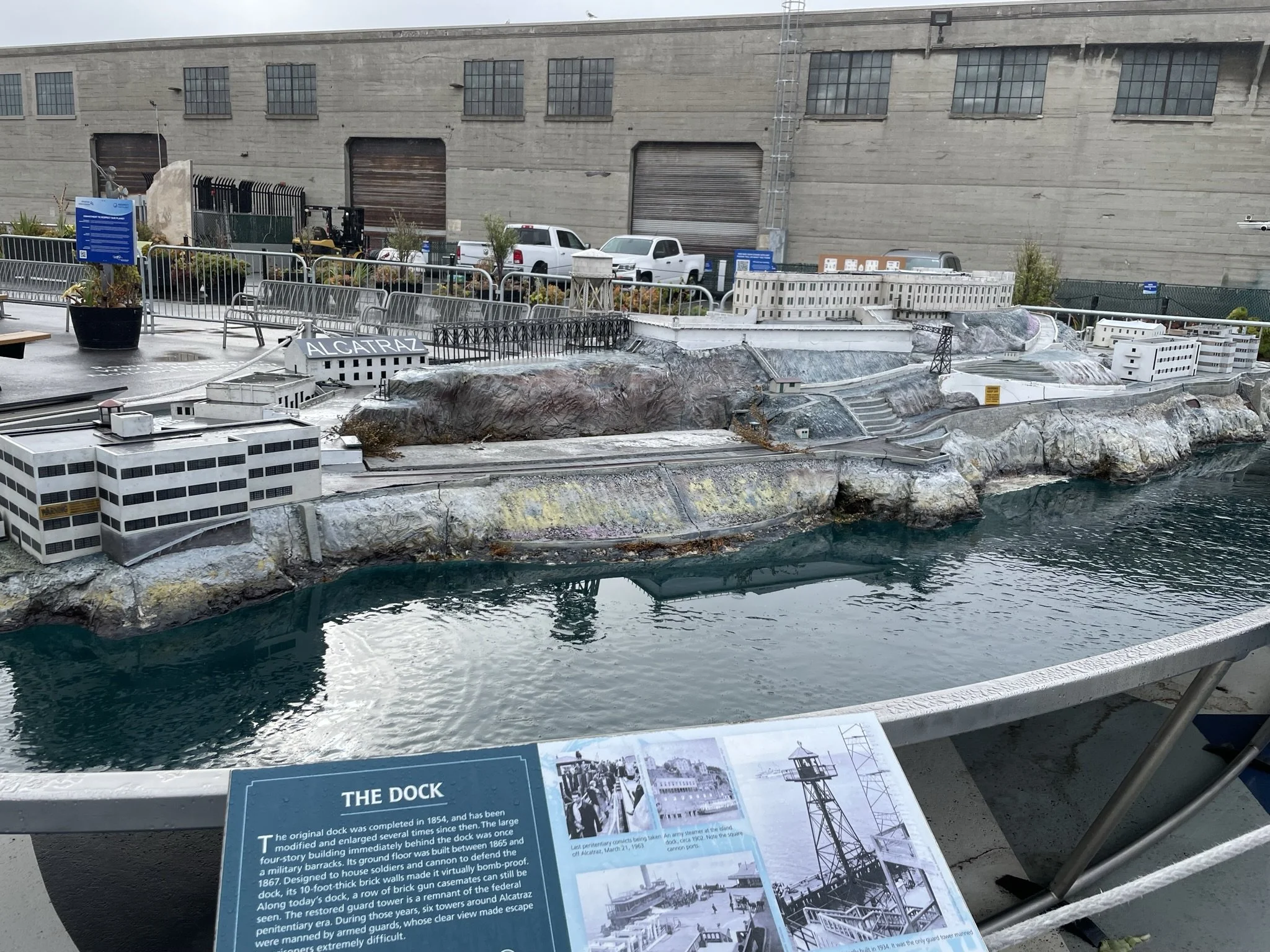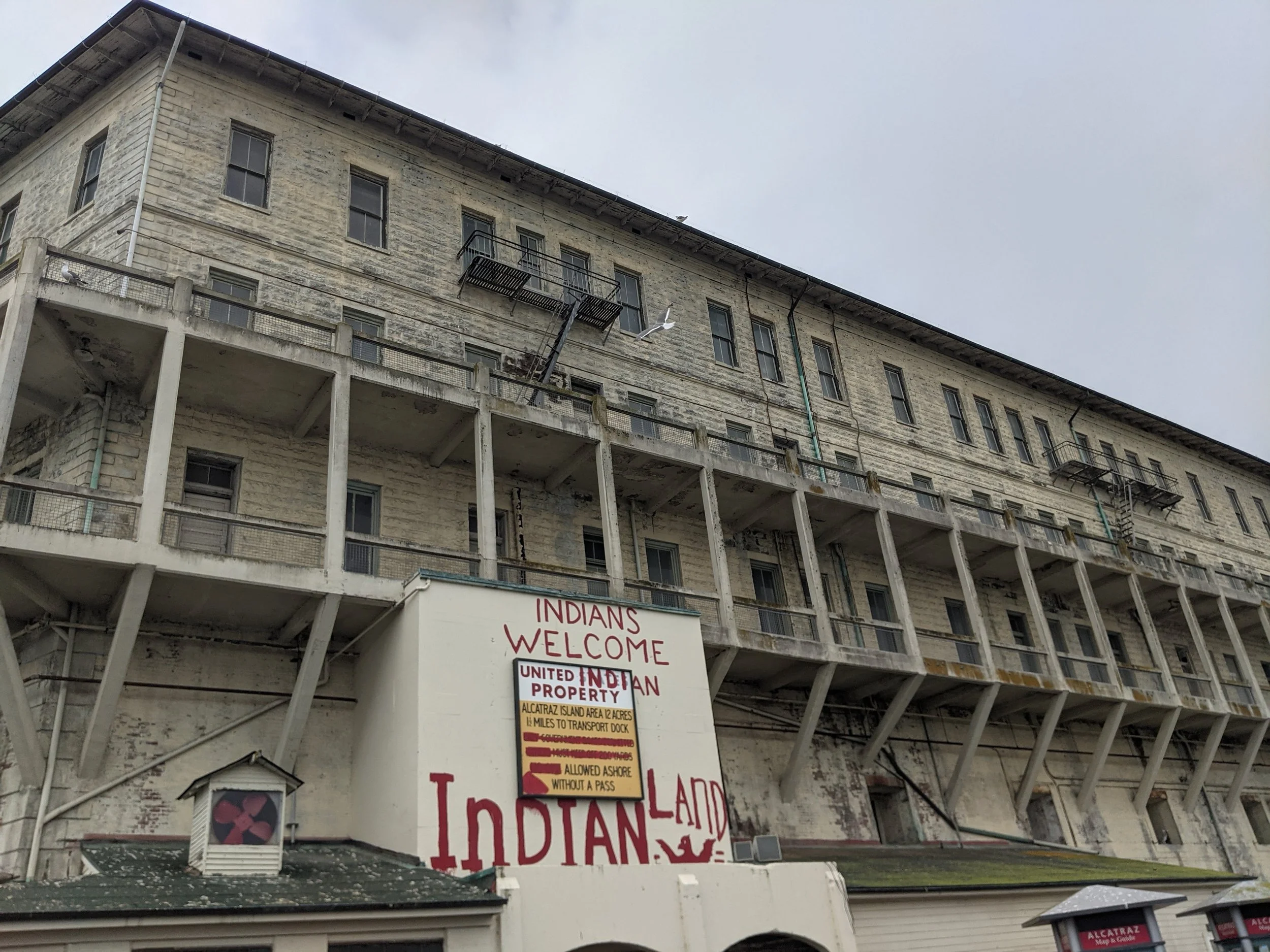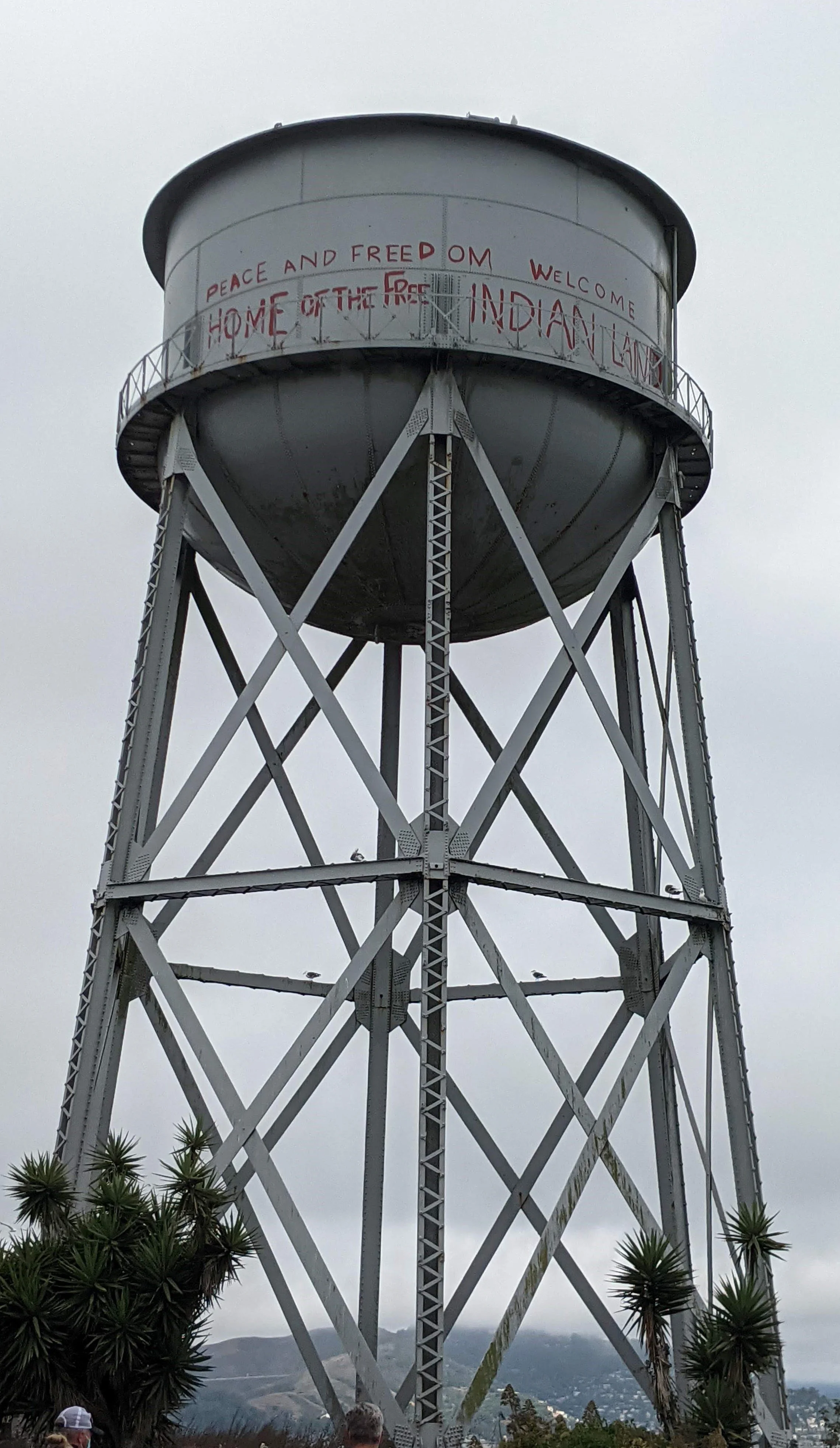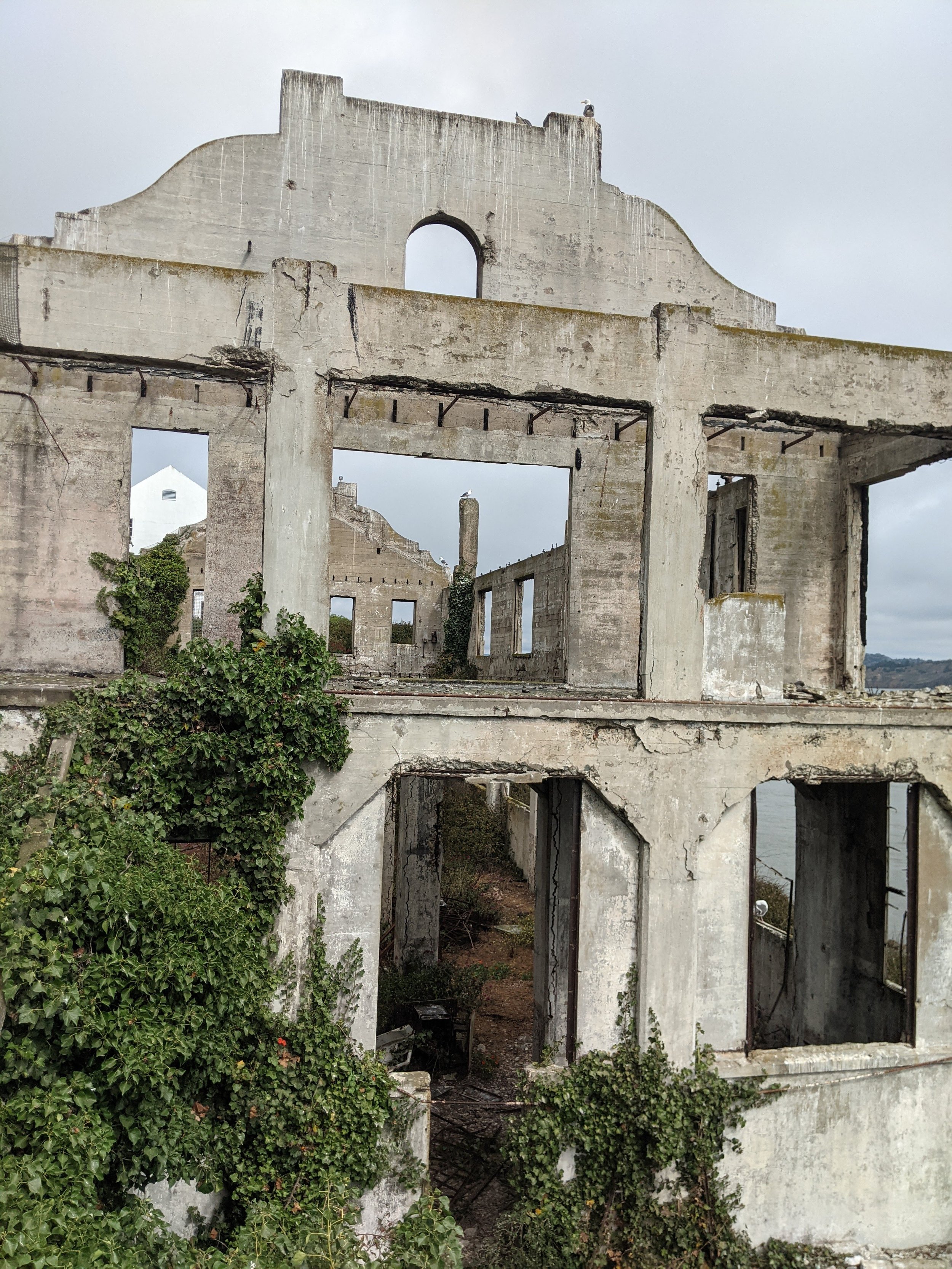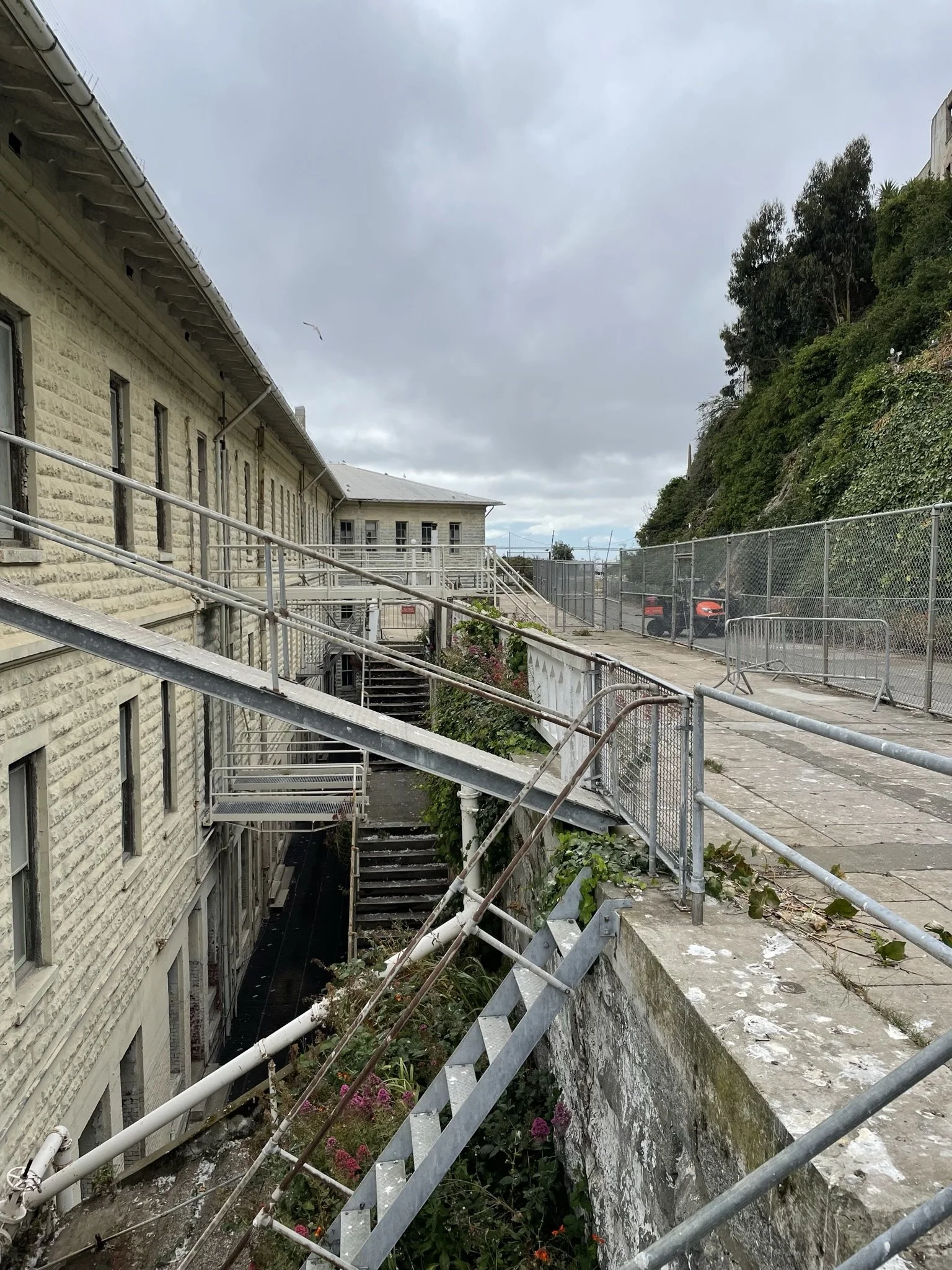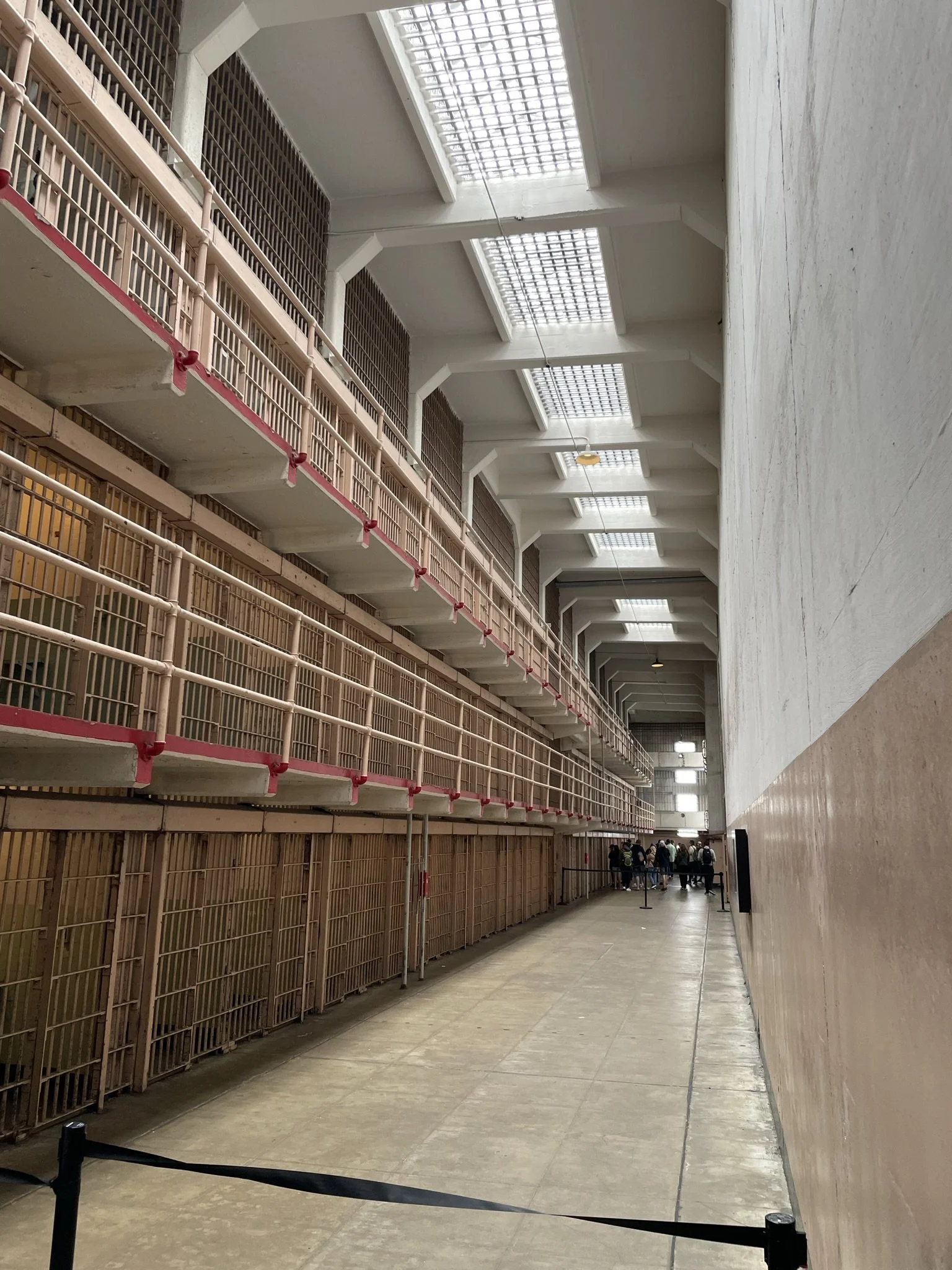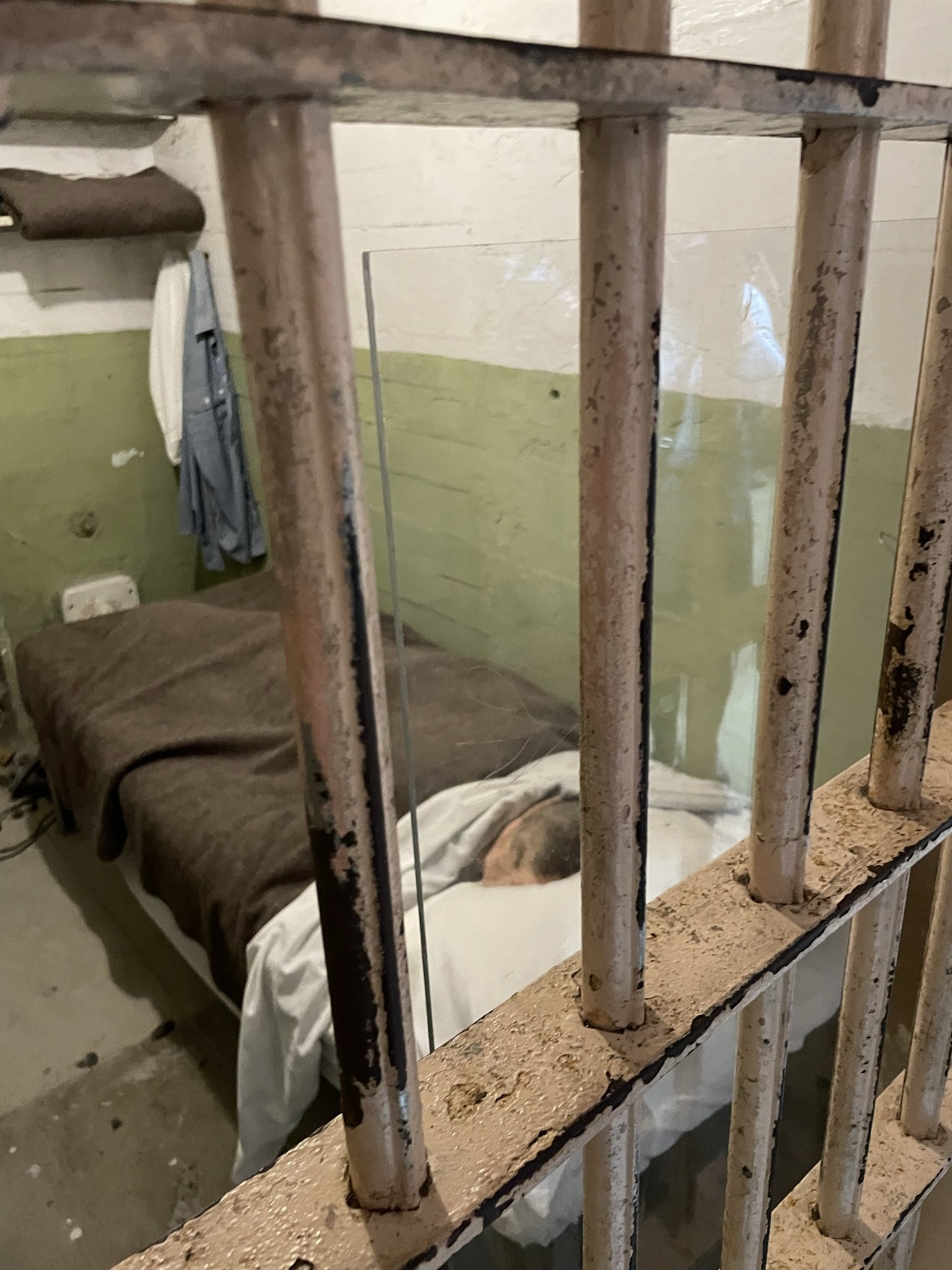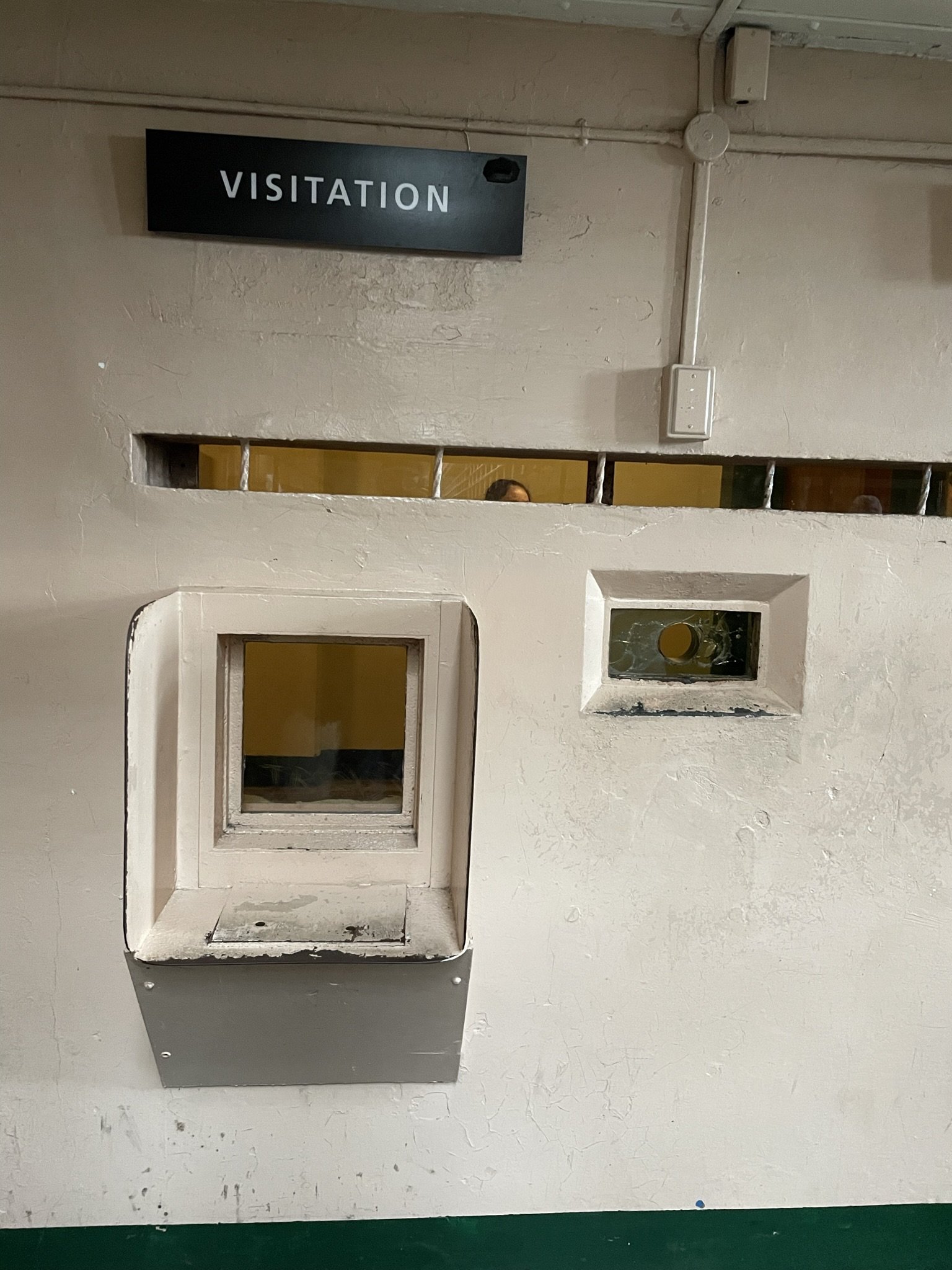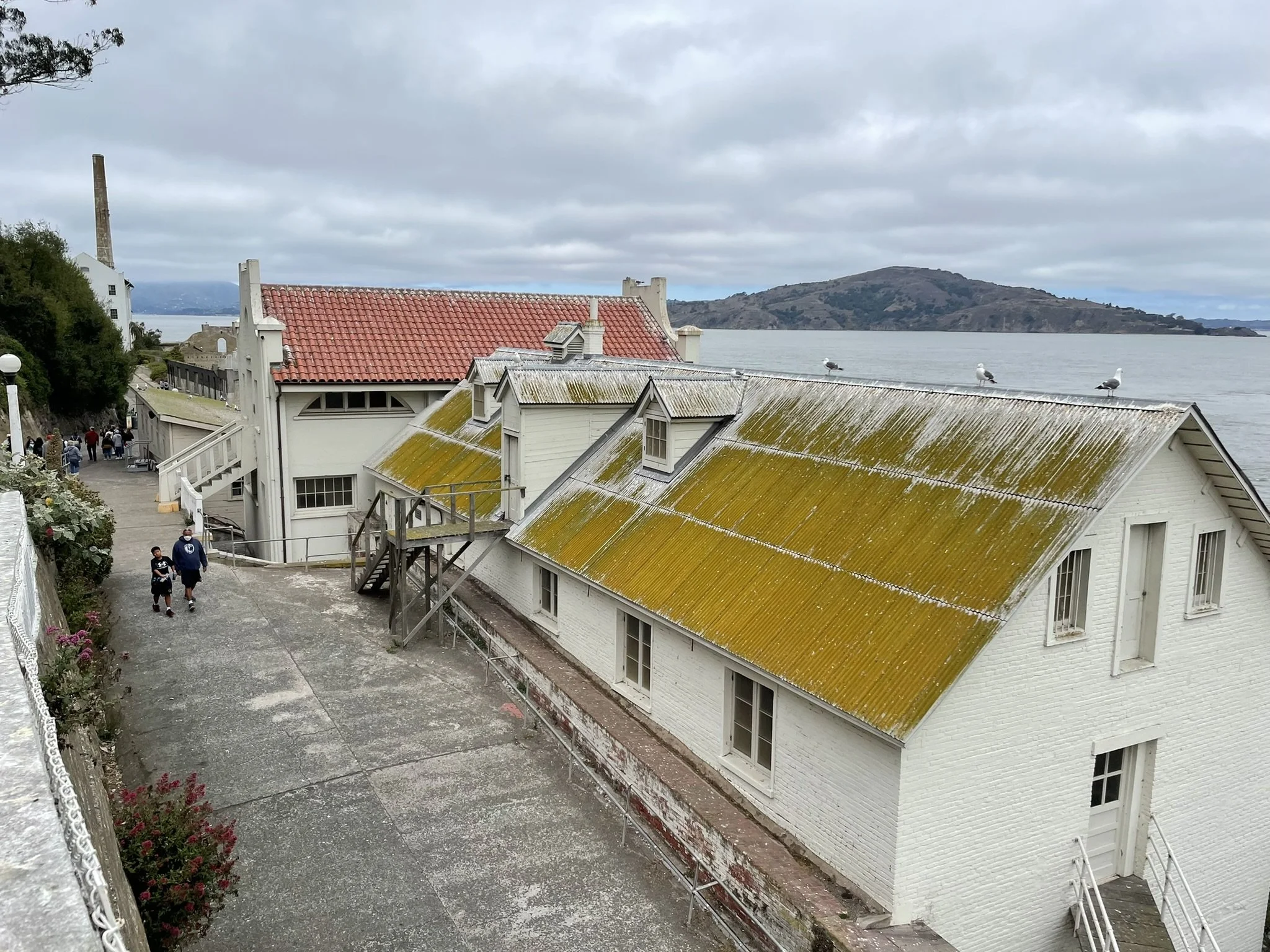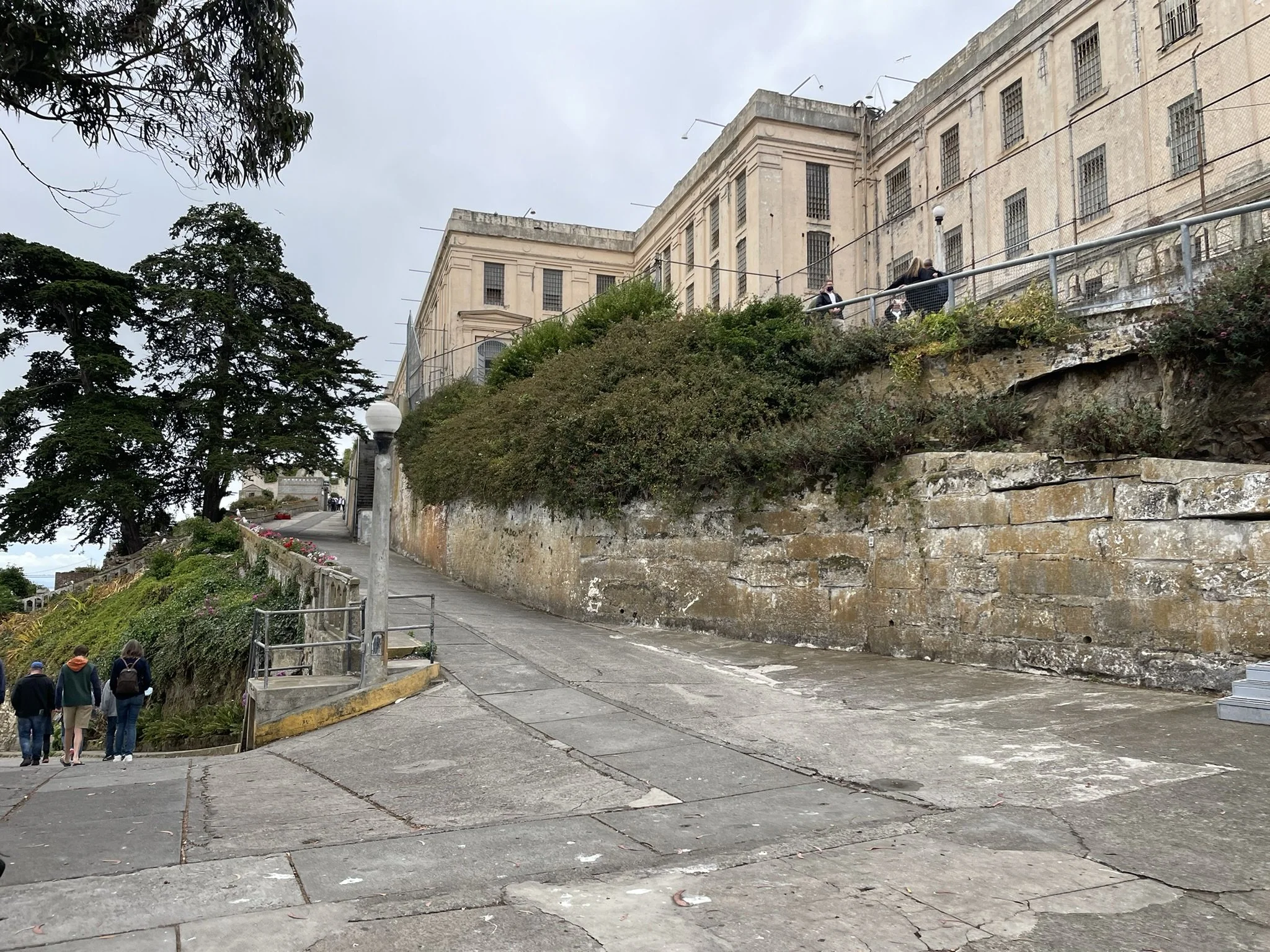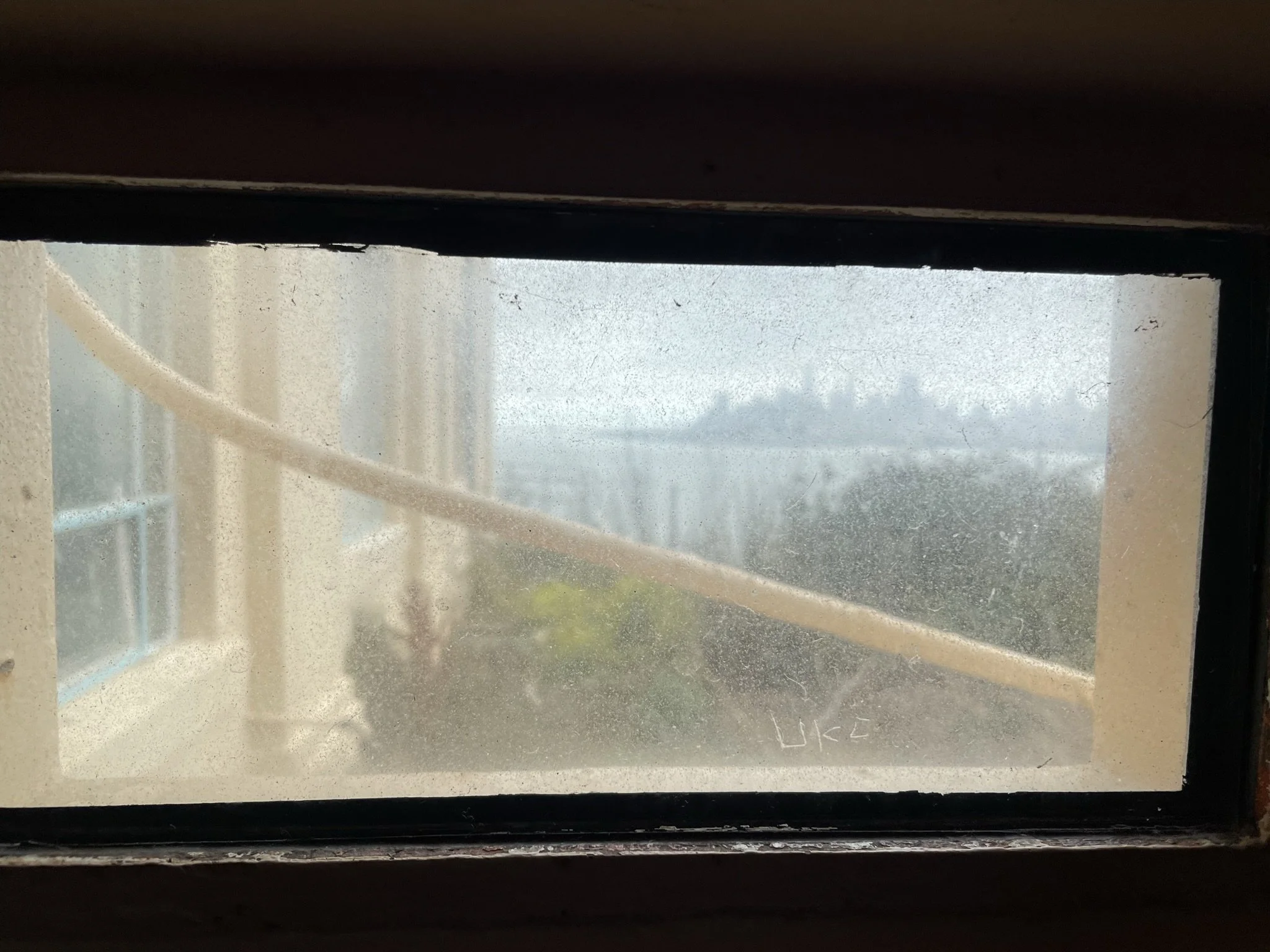An Architect’s View of Alcatraz
After a couple of visits to San Francisco I finally managed to get a round trip (important!) to Alcatraz and back this summer. It’s impossible not to be overtaken by the reality and the history of the island.
Not to trivialize the moment, but as an architect, such a well-crafted and informative model does not go unnoticed.
The image of Alcatraz is only of a federal penitentiary. But its history is much more layered than that. The island was a military outpost in the 1850’s, earmarked by the U.S. for a military citadel shortly after California became property of the United States at the end of the Mexican-American war.
Its 100 cannons watched over San Francisco Bay during the gold rush, and later during the Civil War. After the army left, military prisoners began deconstructing the fortress, building a disciplinary barracks building that would become Alcatraz. Alcatraz was under ownership of the Department of Justice from 1933 to 1963.
In 1964, and then later from 1969-1970, the abandoned prison was occupied by a group of college students drawing attention to the government’s policy of terminating tribal sovereignty and relocating Native American residents to the cities. Nineteen months later, the government retook “The Rock”. During their protest, President Nixon reversed that policy (in 1970) effectively ending government seizure of Indian lands.
These 19 months were still very evident on the island, not only with the National Park Service exhibition Red Power on Alcatraz, but also with the evidence of the occupation, still intact.
In 1972 the National Park Service purchased Alcatraz, along with Fort Mason, from the U.S. Army to establish the Golden Gate National Recreation Area. The National Park Service has done well, maintaining what they can, and continuing with major renovations. As you walk around you realize This is no Hollywood set, no Disney-fied history. Everywhere you look is authentic history and authentic decay.
There were 14 documented escape attempts from Alcatraz. A facsimile of the “dummy” created for the more widely known escape attempt, along with their hole in the cell wall leading to the plumbing chase, is part of the tour.
But make no mistake, this was a federal penitentiary. Hardened men did hard time here. Yes, next to the “visitation” window is a section of bulletproof glass, with a gun port bored in the middle of it.
The balls at the base of these devices in the cafeteria ceiling held tear gas, a deterrent for riots. They were never used.
Below is a view of San Francisco from one of the galleries. The recorded interview, provided on the NPS device, noted that the sounds of the city could be heard in the prison. And that when the prisoners gathered to sing Christmas carols, their voices could be heard from the wharf too.
One last look. This time at the remnants of the warden’s house.

